Multi Element Hollow Cathode Lamps – How they compare with Single Element Hollow Cathode Lamps?
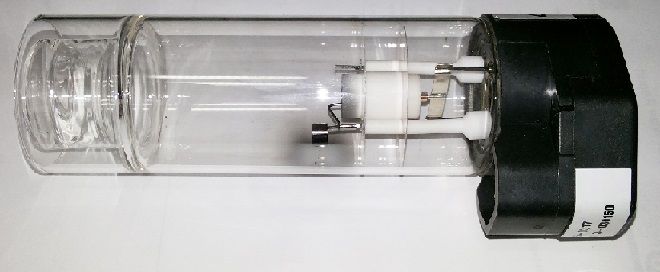
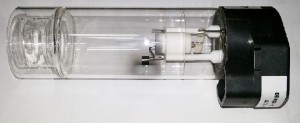
The light source used in Atomic Absorption Spectroscopy is unique. It looks like any other lamp but its uniqueness lies in the fact that its cathode is made of the same element which you have to determine in your sample. This means that you have to use a different lamp for every element whose analysis is required.
Light sources in Atomic Absorption Spectroscopy briefly provides introduction to hollow cathode lamps and multi element hollow cathode lamps. Use of multi element lamps offers several benefits to the user in terms of time and cost:
- Multi element lamps are available in combinations of 2-7 different elements
- Cost savings as different hollow cathode lamps need not be purchased for each element to be analyzed
- Higher sample throughput can be achieved as there is no need for initial warm up for separate lamps
- Elements present in multi element lamps can be determined sequentially using same lamp without need for changing different lamps
- Hollow cathode lamps have a shelf life and even if not used cannot be stored indefinitely. Use of multi element lamps does not require purchase and storage of different constituent element lamps
Important features of multi element hollow cathode lamps of Atomic Absorption Spectroscopy

Important operational features from manufacturer point of view are discussed below:
- The essential feature of a hollow cathode lamp is to generate a narrow emission line of the element which is to be tested. The same is true for a multi element hollow cathode lamp. It should give narrow emission line of the constituent elements. Such lines should be well resolved to be free of interferences and also have sufficient intensity
- The multi element lamp should be commercially viable in terms of user applications. The element combinations should be able to cater to the needs of different market segments such as environmental, drinking water, ornaments and base metal analysis.
- The metals should be compatible with one another and form homogeneous alloys.
- It should be possible to guarantee a lifetime for lamp usage. Single element lamps are normally guaranteed for 5000 milliampere-hours. The guaranteed lifetime of multi element lamp should not be comparable and not far too less.
- Choice of elements and their relative proportions need to be carefully evaluated to get optimum usage features
Though economical it is commonly believed that multi element lamps compromise on sensitivity as the analytical line intensities are lower than single element lamps and though not significant there can be interference due to presence of other elements. Some manufacturers have overcome such problems by using boosted discharge lamps which enhance the analytical lines of the constituent elements.
Please do share your experiences on use of multi element hollow cathode lamps and leave your comments.

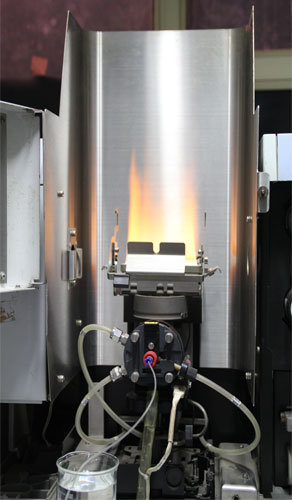
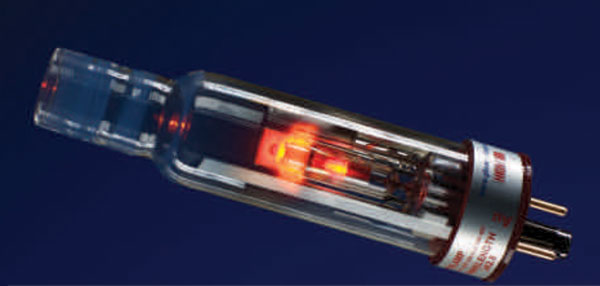
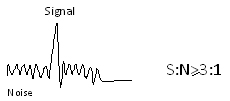
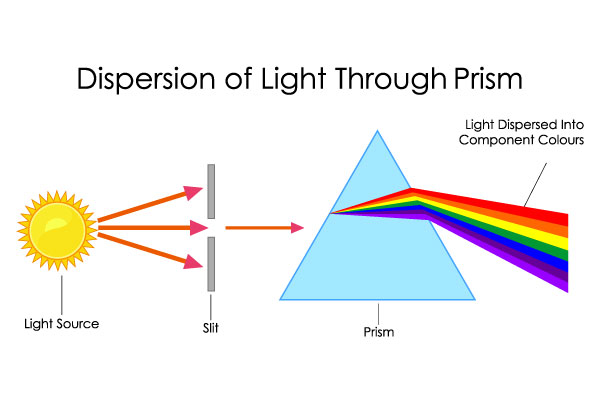

Thank you for sharing your experience Dr. I must say that one of the disadvantages of using a multi element HCL is compromised intensity. I have used some at times some of these element coded in the lamp will not all emit enough intensity to optimize in preparing for analysis. These happens mostly when the shelf life is about halve. What do you have to say about this.
I am in agreement with you. The sensitivity of a sinle element lamp is significantly higher than multi-element lamp for reasons already expressed by you.
I have a multi hollow cathode lamp with six elements and recently when I want to measuring nickel sometimes I have problem?
is there problem with lamp? I don’t measuring nickel every day and recently I just used it for several times, but I used this lamp for measuring iron in my sample that it was aproximately a lot.
is there any chance to damaging the nickel cathode because iron and nickel are on the same lamp?
could you please help me?
and another question, What is the dust on the inner glass hollow cathode lamp? are there this dust on a new lamp that we purchasing from market or just second hand one?
AAS lamps must be used regularly. If you do not use them they will still stop working properly.
Author Doing Great Efforts for us, thanks for sharing such a informational post.